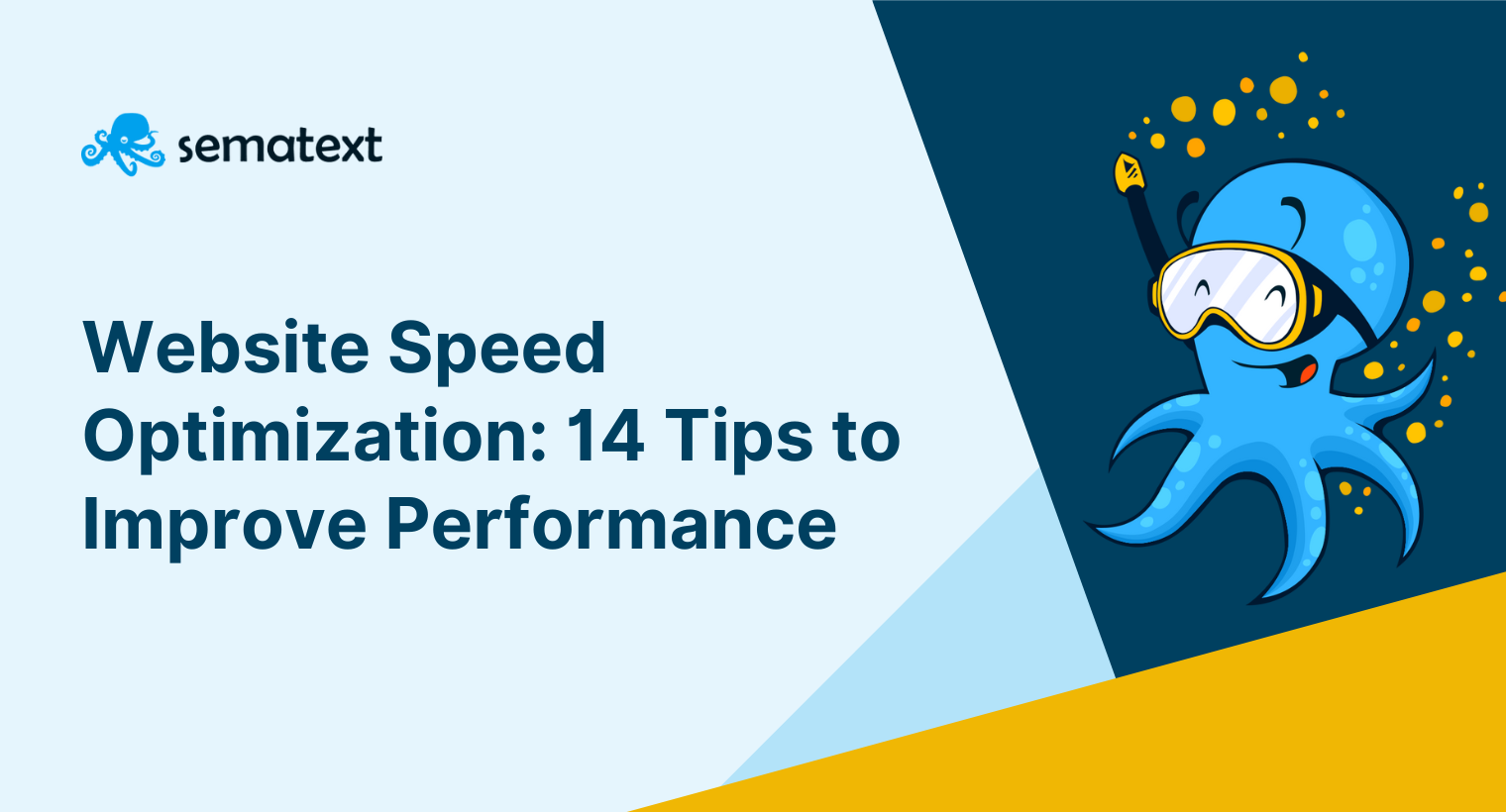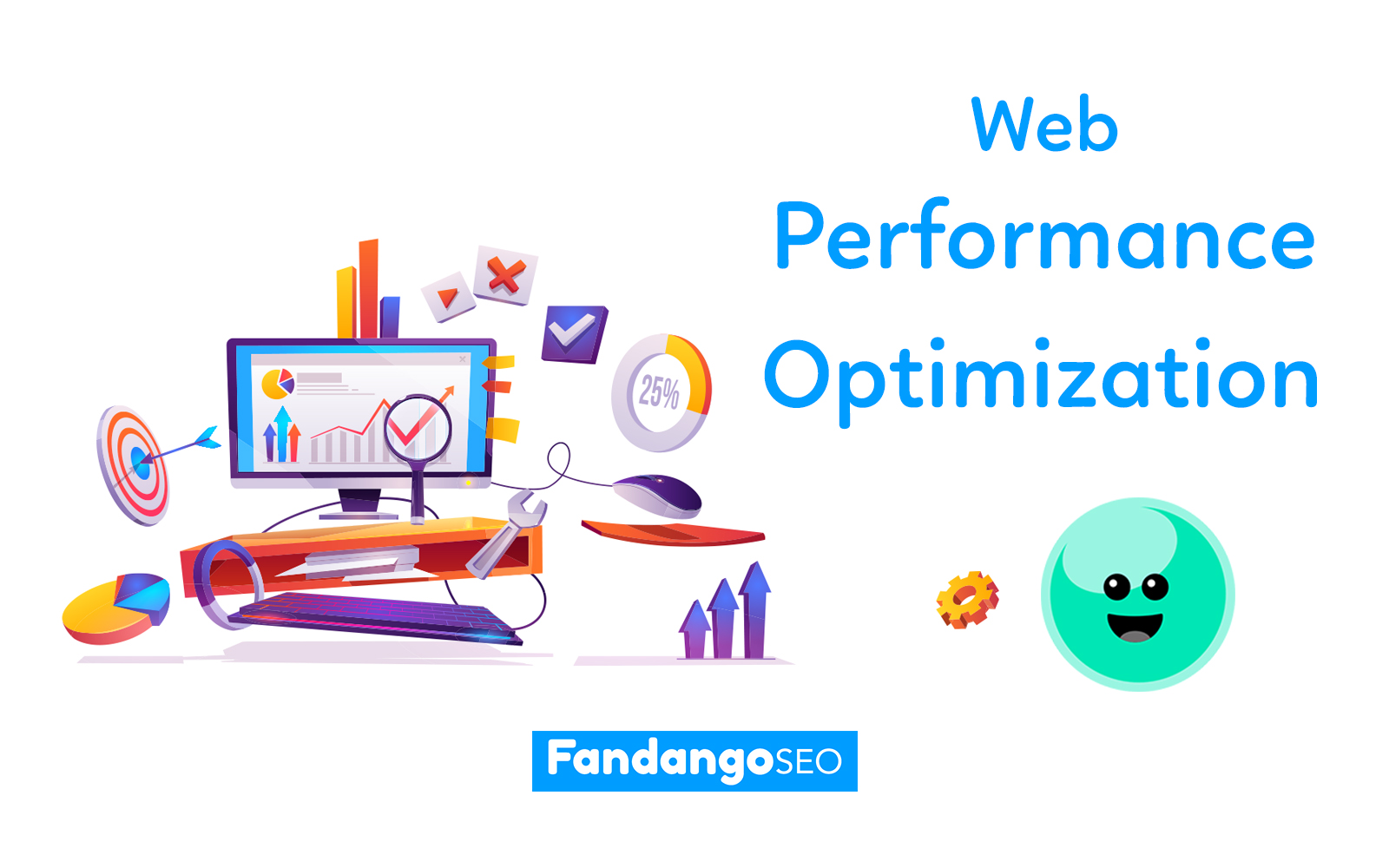Website performance optimization improves loading speed, enhances user experience, and boosts search engine rankings. It involves optimizing images, code, and server response times.
Website performance is crucial for user satisfaction and search engine rankings. Slow-loading websites frustrate users, leading to higher bounce rates and lower conversions. Google also considers page speed in its ranking algorithm, making optimization essential for visibility. Key strategies include compressing images, minifying CSS and JavaScript, and leveraging browser caching.
Hosting on a reliable server and using a content delivery network (CDN) can further improve load times. Regularly monitoring performance with tools like Google PageSpeed Insights helps identify areas for improvement. Investing in these practices ensures a faster, more efficient website that meets user expectations and search engine standards.
Importance Of Website Speed
Website speed is crucial for user experience and SEO. Fast-loading sites keep users engaged and improve search engine rankings. A slow website can cause high bounce rates and low conversions.
User Engagement
Users expect websites to load quickly. A slow site frustrates visitors, leading them to leave. This increases your bounce rate and decreases user engagement.
Fast websites keep users happy and engaged. They are more likely to explore your content, interact with your features, and make purchases.
Here are some key points:
- Fast loading times keep users engaged.
- Slow websites lead to high bounce rates.
- Users expect quick responses from your site.
Seo Benefits
Search engines prioritize fast websites. Speed influences your site’s ranking on search engine results pages (SERPs).
Google uses site speed as a ranking factor. A faster site can improve your SEO performance.
Key SEO benefits of optimizing website speed include:
- Higher rankings on search engines.
- Improved user experience.
- Increased organic traffic.
| Factor | Impact |
|---|---|
| Page Load Time | Higher Rankings |
| Reduced Bounce Rate | Better User Engagement |
| Improved User Experience | More Conversions |
Speed is essential for both user engagement and SEO. Optimize your website for a faster, better experience.
Analyzing Current Performance
Understanding your website’s current performance is crucial. It helps to know areas needing improvement. This process involves using speed testing tools and analyzing performance metrics. By doing this, you can make informed decisions.
Speed Testing Tools
Speed testing tools measure how fast your website loads. They provide insights into various aspects. Here are some popular tools:
- Google PageSpeed Insights: Provides detailed reports on speed and suggestions.
- GTmetrix: Offers insights on load time, page size, and requests.
- Pingdom: Analyzes load time and performance grade.
Performance Metrics
Performance metrics help measure your website’s efficiency. Here are key metrics to consider:
- Load Time: The time taken for your website to load.
- Time to First Byte (TTFB): The time a browser waits before receiving the first byte of data.
- First Contentful Paint (FCP): The time when the first content is visible to users.
- Largest Contentful Paint (LCP): The time when the largest content element is visible.
- Cumulative Layout Shift (CLS): Measures visual stability.
Understanding these metrics is key. It helps you optimize your website effectively.
Optimizing Images
Optimizing images is crucial for improving website performance. Images often take up the most bandwidth on a web page. Proper optimization can significantly reduce load times and enhance user experience.
Image Compression
Image compression is a technique to reduce the file size of images without losing quality. Smaller image files load faster, improving page speed.
There are two main types of image compression:
- Lossy Compression: This method reduces file size by removing some data. It may slightly reduce image quality.
- Lossless Compression: This method reduces file size without losing any image data. The image quality remains unchanged.
Popular tools for image compression include:
| Tool | Type |
|---|---|
| Adobe Photoshop | Lossy and Lossless |
| TinyPNG | Lossy |
| ImageOptim | Lossless |
Responsive Images
Responsive images adapt to different screen sizes. This ensures users see the best version of an image on any device.
To create responsive images, use the srcset attribute:

This code tells the browser to display the appropriate image size based on the user’s screen width.
Benefits of responsive images:
- Improved load times on mobile devices.
- Better user experience.
- Reduced data usage for users.
Using responsive images helps your website perform better across all devices.

Credit: www.flowmatters.com
Minimizing Http Requests
Minimizing HTTP requests is essential for website performance optimization. Fewer requests mean faster loading times. This improves user experience and SEO rankings. Let’s dive into two key strategies: combining files and reducing plugins.
Combining Files
Every time a browser loads a page, it makes multiple HTTP requests. These requests fetch various files like CSS, JavaScript, and images. Combining these files can significantly reduce the number of requests.
For example, you can combine multiple CSS files into one. Similarly, merge JavaScript files. This reduces the load on the server and speeds up the website.
Here’s a simple example of combining CSS files:
/ Before Combining /
/ After Combining /
Using tools like Gulp or Webpack can automate this process. They help in bundling files efficiently.
Reducing Plugins
Plugins add functionality to your website. But too many plugins can slow it down. Each plugin often requires its own set of HTTP requests.
Evaluate the plugins you are using. Keep only the essential ones. Deactivate and delete the rest.
Here’s a simple checklist for reducing plugins:
- Identify all active plugins.
- Evaluate their necessity.
- Deactivate and delete unused plugins.
- Find alternatives to multi-functional plugins.
Reducing plugins helps in minimizing HTTP requests and improves site speed.
Leveraging Browser Caching
Website performance optimization is crucial for user experience. One effective technique is leveraging browser caching. This method stores web page resources on a user’s device. It reduces load times during subsequent visits.
Cache-control Headers
Implementing Cache-Control headers helps manage browser caching. These headers instruct the browser on how to cache resources. Use the Cache-Control header to specify caching policies.
- Public: The response can be cached by any cache.
- Private: The response is specific to a single user.
- Max-age: Specifies the maximum time a resource is considered fresh.
- No-cache: Forces revalidation before using the cached resource.
- No-store: Prevents storing the response in any cache.
Expiration Dates
Setting expiration dates is another way to optimize caching. This tells the browser how long to keep a resource before re-fetching it.
Use the Expires header to set an expiration date:
Expires: Wed, 21 Oct 2023 07:28:00 GMTThis header uses the HTTP-date format. It specifies the exact date and time when the resource should expire.
| Directive | Description |
|---|---|
| Expires | Sets a specific date and time for expiration. |
| Cache-Control: max-age | Defines the maximum age for caching in seconds. |
Combining Cache-Control headers and expiration dates offers flexibility. It ensures efficient resource caching.
Improving Server Response Time
Improving server response time is crucial for a fast website. A slow server response can frustrate users and harm SEO. Optimizing your server response time ensures your site loads quickly and efficiently.
Efficient Hosting
Choosing the right hosting provider is essential. An efficient hosting service can dramatically improve server response time. Look for providers that offer:
- High Uptime: Ensures your website is always accessible.
- Fast Servers: Provides quick processing and data retrieval.
- Scalable Resources: Allows easy upgrades as your site grows.
Shared hosting can be cheaper but may slow your site. Consider VPS or dedicated hosting for better performance.
Cdn Utilization
Utilizing a Content Delivery Network (CDN) can help speed up your site. CDNs distribute your content across multiple servers worldwide. This reduces the distance data travels, speeding up load times.
Benefits of using a CDN include:
- Faster Load Times: Content is delivered from the nearest server.
- Improved Reliability: Reduces the risk of server overloads.
- Enhanced Security: CDNs often provide additional security features.
Popular CDNs include Cloudflare, Amazon CloudFront, and Akamai.
Optimizing Css And Javascript
Optimizing CSS and JavaScript is crucial for website performance. It helps reduce load times and improves user experience. Efficient code ensures faster rendering and smoother interactions. Let’s dive into some effective methods to achieve this.
Minification
Minification is the process of removing unnecessary characters from code. This includes spaces, comments, and line breaks. Minified files are smaller and load faster. Use tools like UglifyJS for JavaScript and CSSNano for CSS. These tools automate the minification process.
Here’s an example of minified CSS:
body{margin:0;padding:0;font-family:Arial,sans-serif}
And an example of minified JavaScript:
function hello(){console.log("Hello, World!")}
Asynchronous Loading
Asynchronous loading improves page load times. It allows scripts to load in the background. This prevents blocking the rendering of the page.
To load JavaScript asynchronously, use the async attribute in the script tag:
For CSS, use the media attribute to load stylesheets conditionally:
These methods ensure that critical content loads first. It enhances the user experience by reducing perceived load times.
Here’s a quick comparison of Minification and Asynchronous Loading:
| Method | Purpose | Example |
|---|---|---|
| Minification | Reduce file size | body{margin:0} |
| Asynchronous Loading | Load scripts in background |

Credit: sematext.com
Mobile Performance
Mobile performance is crucial for any website. The majority of users now access the web via mobile devices. A slow-loading website can deter users and affect search engine rankings. Ensuring your website is optimized for mobile can enhance user experience and improve SEO.
Responsive Design
A responsive design adapts to any screen size. This ensures your website looks good on mobile devices. Use CSS media queries to adjust the layout. This makes it more user-friendly.
Key Benefits of Responsive Design:
- Improved user experience
- Better SEO performance
- Increased mobile traffic
Responsive design reduces the need for multiple versions of your site. This simplifies maintenance and ensures consistency across devices.
Accelerated Mobile Pages
Accelerated Mobile Pages (AMP) are designed to load quickly on mobile. AMP uses a simplified HTML version. This reduces load times and enhances user experience.
Advantages of AMP:
- Faster page load times
- Improved mobile SEO
- Increased user engagement
Implementing AMP can significantly boost your website’s performance. This is especially important for content-heavy pages. AMP ensures users can access your content without delay.
Steps to Implement AMP:
- Create an AMP version of your HTML.
- Validate your AMP pages using the AMP Validator tool.
- Update your website’s code to reference the AMP version.
By focusing on mobile performance, you can ensure a seamless user experience. This can lead to higher engagement and better search rankings.

Credit: www.fandangoseo.com
Frequently Asked Questions
What Is Website Performance Optimization?
Website performance optimization improves site speed, user experience, and search engine ranking.
Why Is Website Speed Important?
Website speed affects user experience, bounce rates, and search engine rankings.
How Can I Measure My Website’s Performance?
Use tools like Google PageSpeed Insights, GTmetrix, or Pingdom to measure performance.
What Are Common Performance Bottlenecks?
Large images, slow server response times, and excessive JavaScript can slow down websites.
How Does Caching Improve Website Speed?
Caching stores frequently accessed data to reduce load times and server requests.
What Is Lazy Loading?
Lazy loading delays loading of off-screen images until the user scrolls down.
Conclusion
Optimizing your website’s performance is crucial for user experience and search engine rankings. Implementing the right strategies can enhance speed and efficiency. Regularly monitor and update your site to maintain peak performance. A well-optimized website not only attracts more visitors but also ensures they stay longer and convert better.


